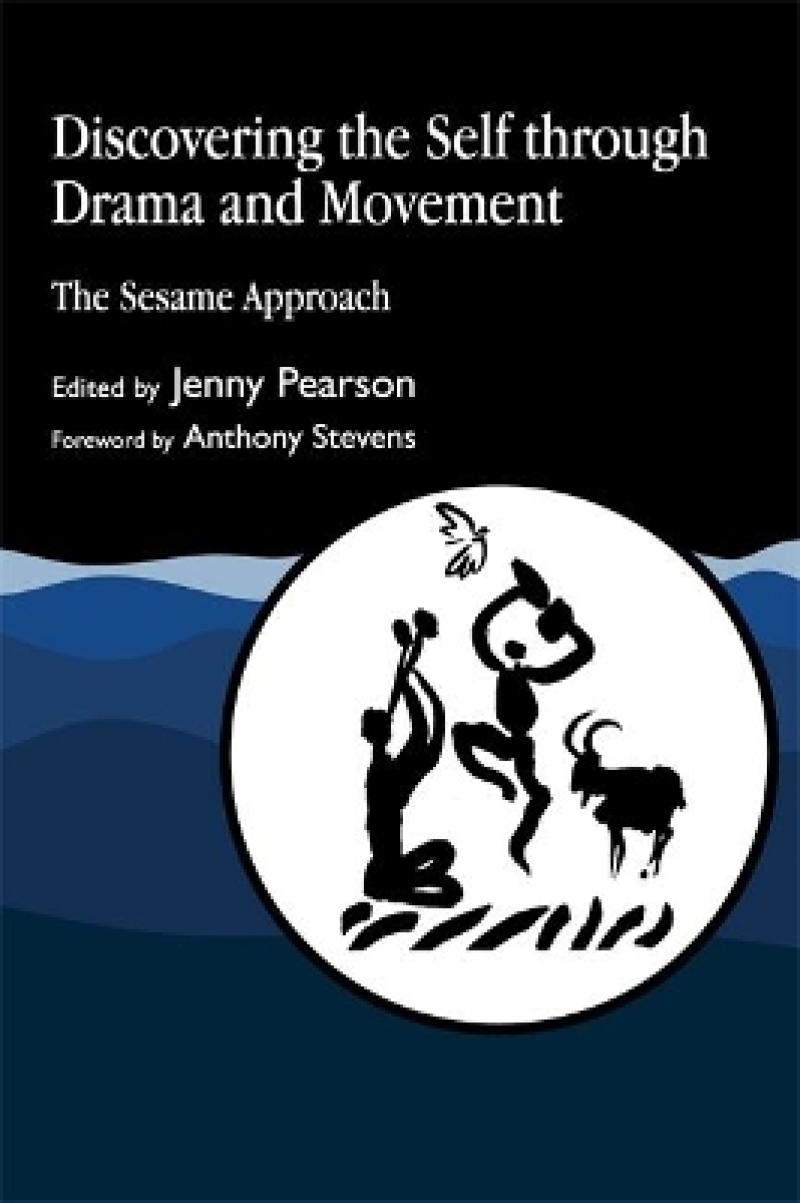The book is clearly written and the links between theory and practice are well represented. The book is a useful addition to the literature on creative and expressive approaches to therapy.
- Counselling,
This book will be of interest to all those who want to think about a non-verbal focus in therapy.
- International Journal of Psychotherapy,
What comes through all the different parts of the book is the proven success of the work of Sesame, the overwhelming sincerity and unstinting devotion of the Sesame practitioners, not only to their clients but to the organisation and for what it stands.
- Radius,
The work is beautifully presented despite the difficulties of verbal presentation. This book will appeal to all who are interested in arts approaches to therapy... Highly recommended.
- British Journal of Projective Psychology,
This is an important book...it is immensely practical as well as theoretical, describing in detail how richly symbolic work can be achieved not only in studios specially designed for the purpose but in prisons and acute psychiatric wards, as well as schools, community day centres and homes for the elderly. In these diverse and unlikely settings, Sesame has provided us with the means "to experiment with our own nature", to discover new forms of understanding and communication, to enter new modes of experience, and to grow beyond our stereotyped ways of living. It is no mean achievement.
- From the Foreword,
This is the first detailed account of the theory and practice of the Sesame Method, which was created by Marian Lindkvist 30 years ago, as it has evolved and been handed down experientially. It is now taught at the Central School of Speech and Drama; many of the contributors are current or former teachers at the school, or are Sesame trained therapists working in the field.
The book aims to define the work of Sesame in terms of the theories upon which it is based and the method which puts these theories to use in practice in a variety of client groups. The reader is invited to enter imaginatively into the experiences of body, movement, voice, myth and ritual, and to be a witness as others explore this medium. Experts in the field spell out the theoretical base of Sesame work in its different aspects: in movement, drama, voice, myth ritual and Jungian psychological theory.
Finally the contributors describe how they use the method through therapy sessions and workshops in the community with various clients, from people with physical and learning disabilities to children who have been abused and people in prisons.
As well as presenting an overview of Sesame, this book will inspire readers to a rediscovery of the joys of self-expression through dance, movement and drama, through the transformative nature of the Sesame experience.
